Cereals are the main sources of human nutrition, animal feed, as well as raw materials for industry. The share of grain growing in the world accounts for 35% of arable land.
Due to the diversity of species, varieties and forms, crops can grow in different climatic zones. For this reason, the concentration of cereals on heavy and light soils is the same, but the yield varies significantly.
Grain is easy to transport, does not require high storage costs. At low humidity, about 18%, it is stored for a long time, while the loss is only 2%.
The share of cereals growing in a temperate climate is 40%. The most important grain crop in Russia and the world is wheat.
Cereal crops - a list of plants with a photo
Cereals belong to the cereal family (poacea) or bluegrass ( Pooideae).
Among them, breads of the first group (typical breads) and the second group (millet-like) are distinguished. Typical cereals are rye, wheat, barley, and oats. Millets include rice, corn, buckwheat and others.
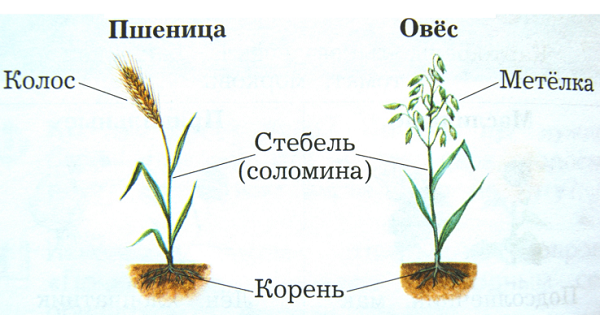
The structure of important organs in most breads looks similar. The root system of cereals is fibrous, with the exception of buckwheat - it has a pivotal one. The most powerful, well-developed roots can boast of winter rye, wheat and corn.
The stem is a hollow culm with up to 8 internodes. The greatest width is at the roots and the smallest is at the top. The exception is corn - its stem is filled with loose tissue.
The inflorescence is an ear (in rye, barley and wheat) and a panicle (oats, rice). Corn has two types of inflorescences - panicle and cob. The fruit is a grain or nut in buckwheat.
Rye
There are annual and perennial types of rye. Of these, only one is cultivated - Secale cereale.
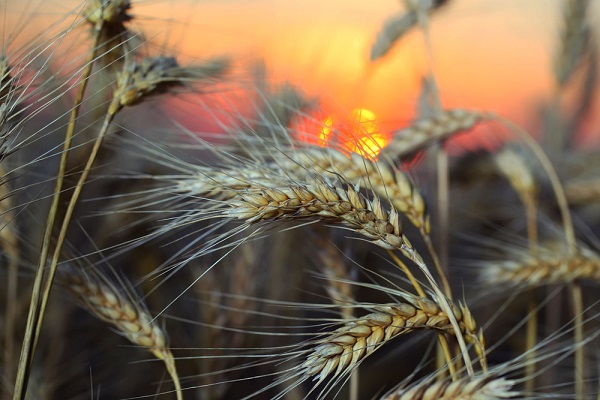
The inflorescence of rye is a complex ear. Among winter cereals, rye has the most developed roots. The leaves are linear, green, matte. Wind pollinated. Rye tolerates cold better than other crops.
The main composition of the grain: carbohydrates and protein (up to 10%). It also contains vitamins B, PP, E and minerals.
Due to its useful composition, rye is used in folk medicine:
- increases the body's resistance to diseases;
- lowers blood sugar levels;
- has an expectorant effect when coughing;
- dietary fiber stimulates the gastrointestinal tract.
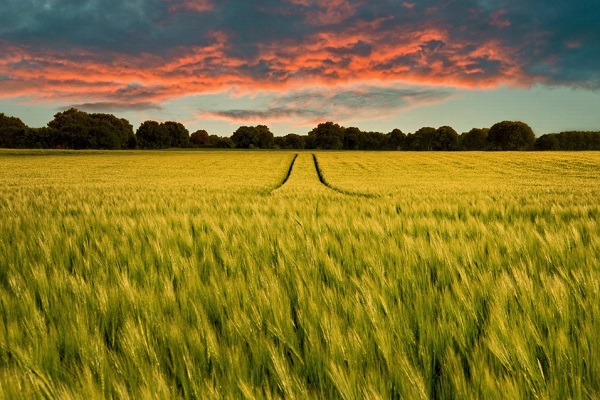
Processed grains are used for baking bread. Waste from the sorting process has nutritional value for livestock. A good harvest of rye can be obtained even under poor climatic conditions.
oats
The most widely cultivated are two types: sowing oats (Avenasativa) and Byzantine oats (Avenabyzantina).
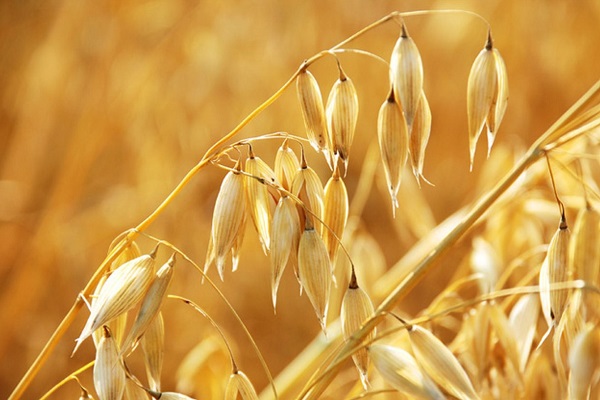
The stem of a herbaceous plant is a hollow culm. The root system, like most cereals, is fibrous. The leaves are elongated, have a linear pattern. The inflorescence of oats is a panicle, and the fruit is a grain.
The chemical composition of the grain is rich in vitamin B, calcium, iron, phosphorus. The main place is occupied by carbohydrates, starch and protein.
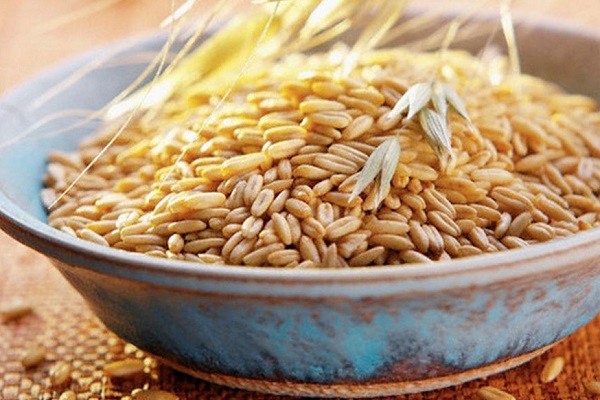
Oats are widely used for processing into human food and animal feed. From its grains you can get oatmeal, oatmeal, biscuits. Porridges made from oatmeal are recommended for dietary nutrition.
Also, oats are used for the preparation of alcoholic beverages, home brew. Oat grain is a high-quality feed for large and small cattle. Collection of oats and other crops is used for haylage, ensiling.
Wheat
Wheat is the most common cultivated herbaceous plant.

People often ask, is wheat a shrub or a grass? Let's see: up to 10 stems can grow from one plant, outwardly wheat looks like a shrub, but its stems are soft and hollow inside, which makes it grassy.
Due to the ability to grow on various soils and in different climatic conditions, wheat (Triticum) has many species, subspecies and varieties.
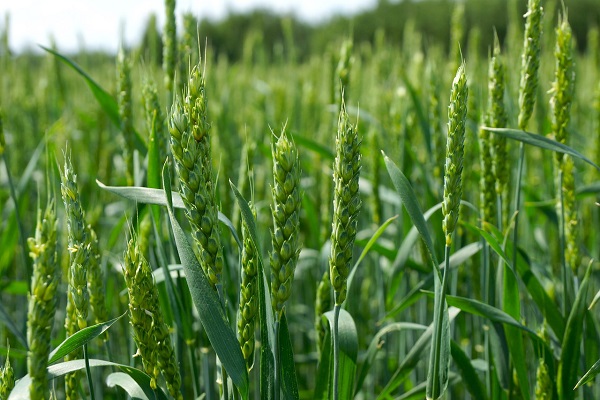
Winter wheat
Allocate spring and winter wheat, depending on the sowing period; soft (T. Aestivum) and hard (T. durum) - based on the hardness of the grains. Soft wheat contains a large proportion of gluten, in connection with this, flour is produced from it, and pasta is made from hard wheat.
Wheat grains contain a large amount of fiber, vitamins E and B, magnesium, potassium, zinc, phosphorus, pectin.
Wheat benefits the human body:
- lowers cholesterol levels;
- improves digestion processes;
- due to the presence of phosphorus in the composition, it stimulates the work of the heart;
- a large amount of carbohydrates provide energy;
- fiber in the composition cleanses the intestines, thereby helping to shed extra pounds.
It grows almost all over the world, except for the tropics. It is of great food and economic importance.
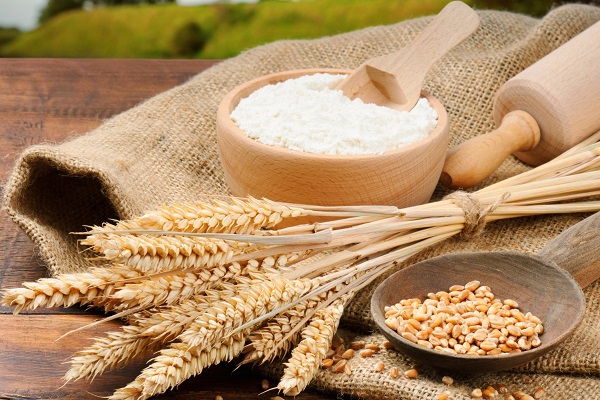
Milled grains of wheat are used for baking, confectionery and pasta, for brewing beer, vodka. Fiber is part of the bran for dietary nutrition. Good fodder for livestock.
Wheat is used to make semolina, Poltava, Artek. Bulgur, couscous can be obtained by special processing of grain. Recently, whole grain wheat baked goods have become popular.
Wheat and rye are the most important cereals in the production of bread. However, there are differences between them:
- The cultivation of wheat began much earlier. Initially, rye was considered a weed.
- The chemical composition and color of grains is different.
- Rye tolerates adverse climatic conditions more easily.
- The number of cultivated varieties of wheat is many, while rye is represented by only one.
Corn
Corn is a dioecious annual herbaceous plant. Broad linear leaves are arranged alternately around the stem.

There is one cultivated species of corn called Zea mays. Depending on the structure of grains, it is divided into several subspecies. The most popular of them are: starchy, dentate, sugar, bursting, siliceous. Each subspecies has its own purpose in the industry.
Let's see, is corn a grain crop or a vegetable? Corn belongs to the cereal family, but is used as a vegetable for human nutrition. Accordingly, it can be attributed to both.
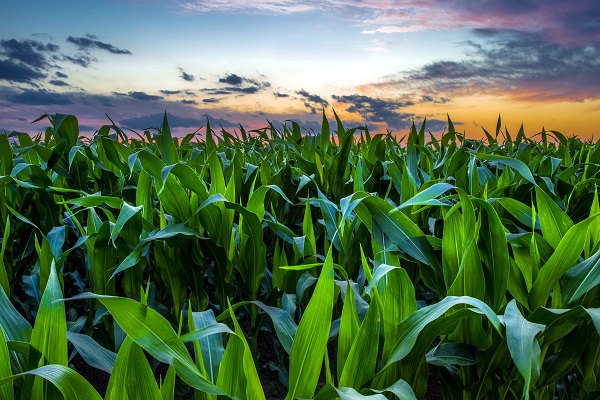
There is a lot of vitamin E, starch, mineral salts, amino acids in grains. Corn is grown for human consumption and as animal feed.
It is eaten in the form of boiled cobs, popcorn, starch, alcohols, corn sticks, cereals from corn grits.
The plant is thermophilic, therefore it is grown in China, Brazil, Argentina, Central America, Mexico, USA, India. Russia ranks 12th in the list of countries for the cultivation of corn.
Barley
This culture unites 30 species. Sowing barley (Hordeum sativum) is cultivated. Its appearance and structure is the same as that of rye and wheat.
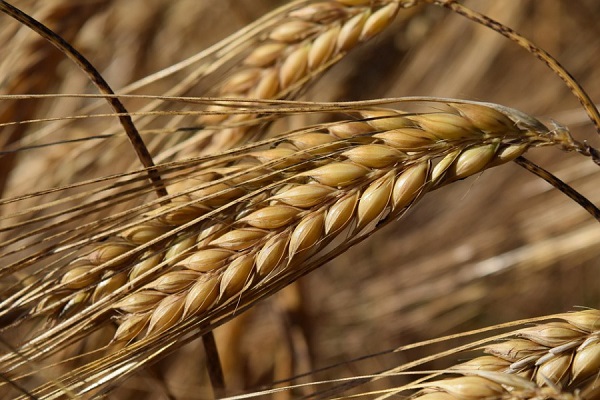
There are three subspecies of barley:
- multi-row (vulgare) - three spikelets are developed;
- two-row (distichum) - the middle spikelet is developed;
- intermediate (intermedium) - up to three developed spikelets.
Barley grains contain a small amount of protein, therefore they are used mainly in the brewing industry. It is also used to produce flour, cereals - barley and pearl barley. Straw and greens are used to feed animals.
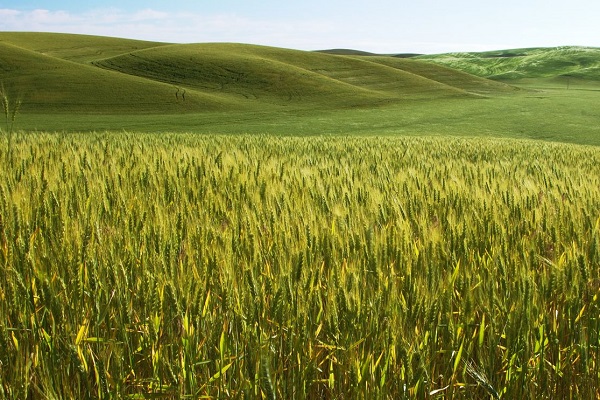
Barley is grown on an industrial scale in countries such as Canada, North America, Europe and Asia. In Russia, barley is produced in all regions involved in the cultivation of grain.
Rice
Rice (Oryza sativa) is a herbaceous cereal. The root system is superficial, contains air-bearing tissue. The leaves are elongated, lanceolate, narrow, pointed. Inflorescence - panicle.
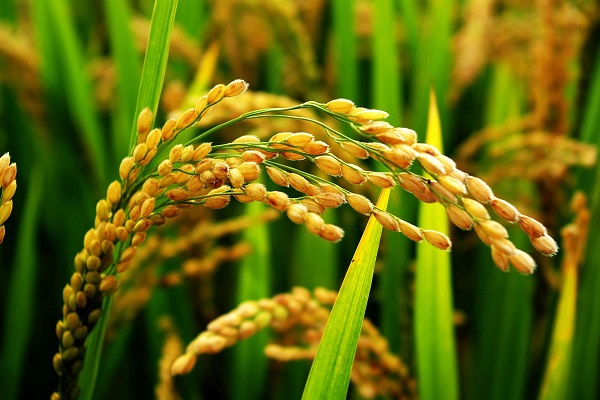
Depending on the subspecies, the forms of grains are distinguished:
- Indian - thin and long;
- Javanese - wide and short;
- Japanese - rounded.
Asia is considered the birthplace of rice. It is grown in Canada, America, India, Japan, the Mediterranean. In Russia, rice plantations can be found in the Krasnodar Territory.
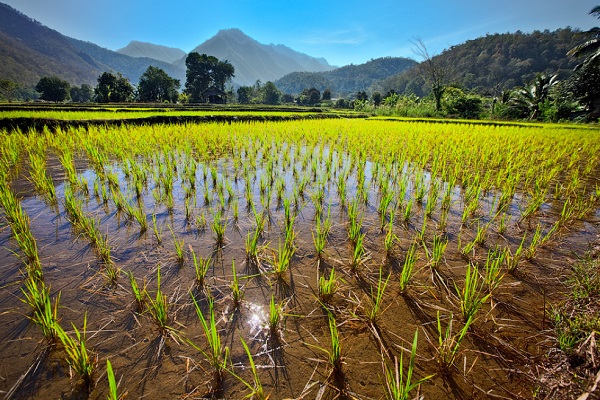
Rice cereal contains carbohydrates in a significant amount, but little fat and protein. It has good taste and is easily digested. Rice broth is used for medicinal purposes.
Light industry uses rice starch and oil. From straw you can get high quality paper, cardboard, rope, used as feed for livestock.
It is worth noting: among cereals, rice is the most productive.
Buckwheat
Buckwheat (esculentum moenh) is a herbaceous plant up to 190 cm high. Annual. It is divided into subspecies - ordinary (vulgare) and multi-leaved (multifolium).
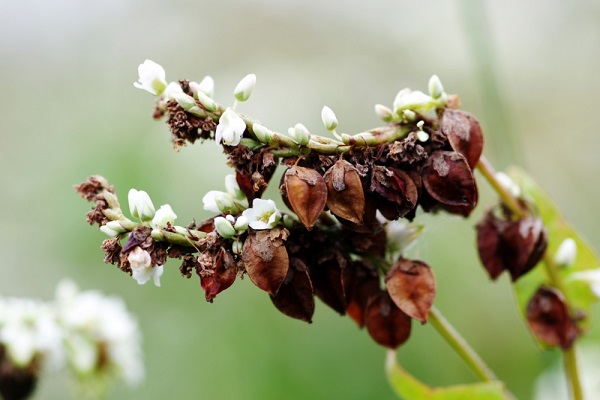
The hollow ribbed stem branches. The leaves are arrow-shaped, arranged alternately. The flowers are collected in brushes, have an intense aroma, which attracts honey insects.
Buckwheat has good nutritional properties, pleasant taste and is easy to digest. The protein in buckwheat contains a large amount of valuable amino acids, so it is considered one of the best dietary products.
For eating there is buckwheat groats, flour. Waste from processing is used to feed livestock.
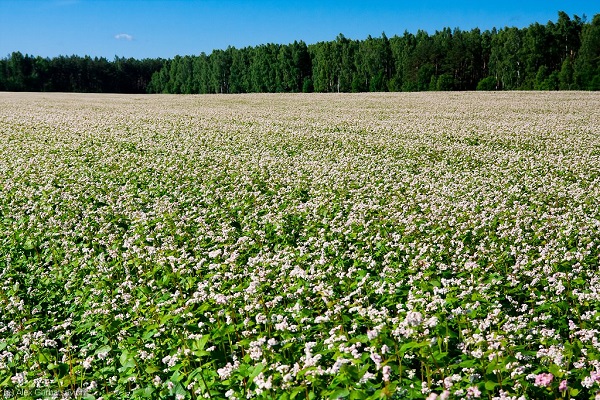
The yield of buckwheat depends on the place of growth. The crops located close to the forest belts give the greatest yield.
Conclusion
Cereals are a large family of angiosperms. Over the entire period of their existence, only a small part of the representatives have been cultivated. However, the fruit of cereals - caryopsis - has become a staple food for the population of the entire globe.
The high nutritional value of cereals is due to the balanced content of protein and starch. Vegetable protein is well absorbed by the human body.
